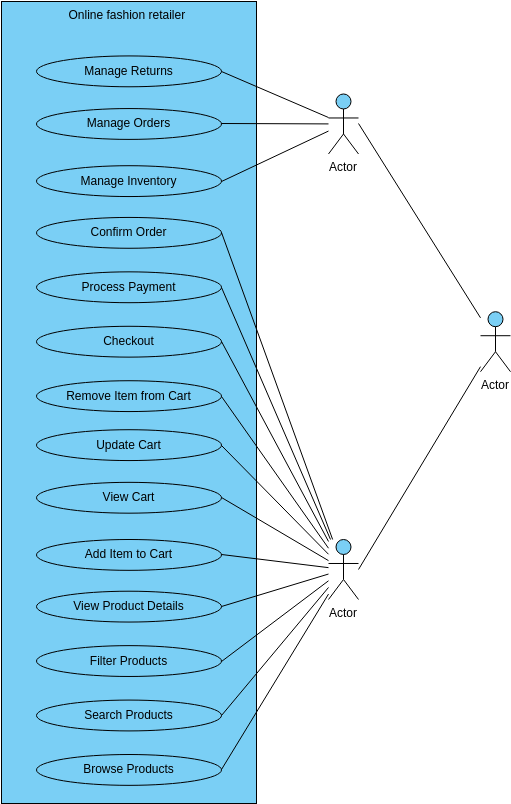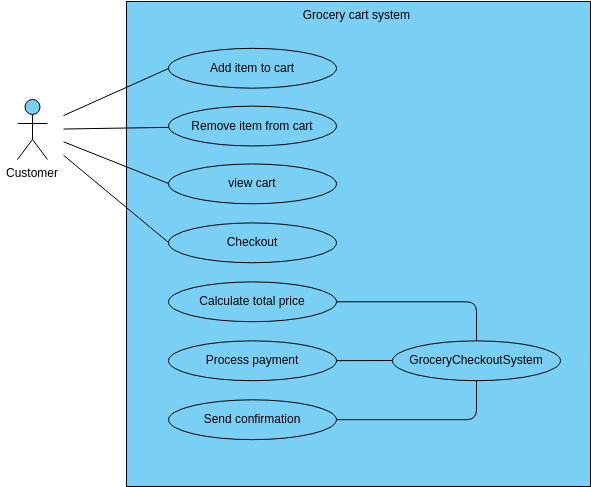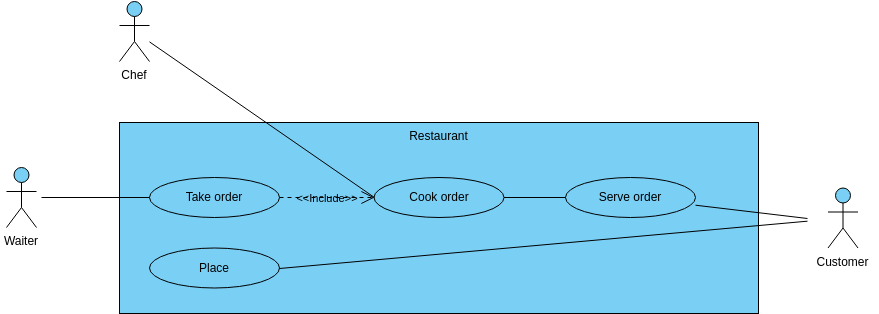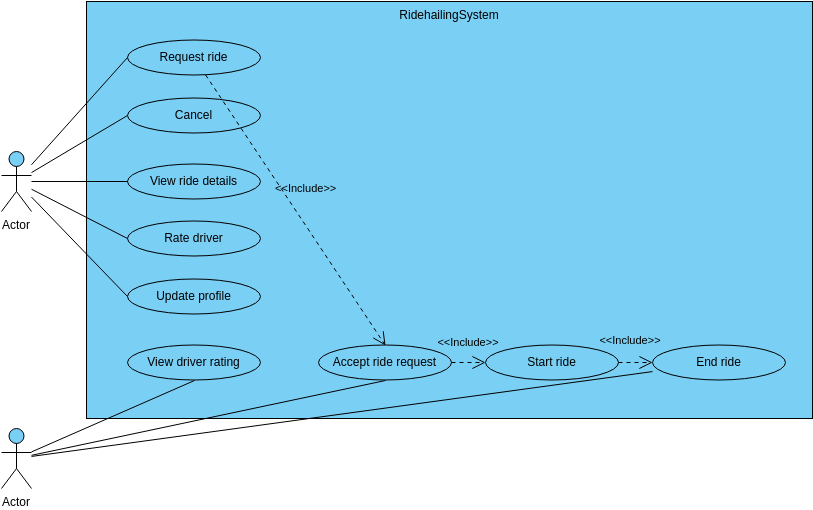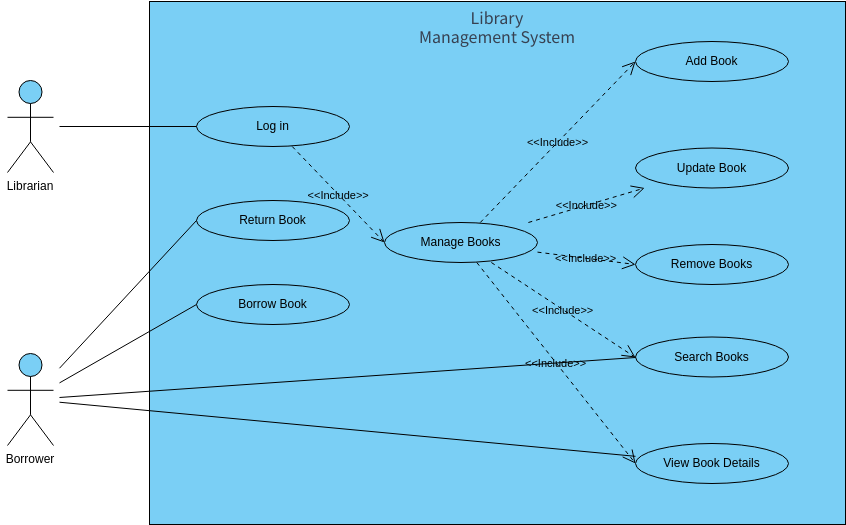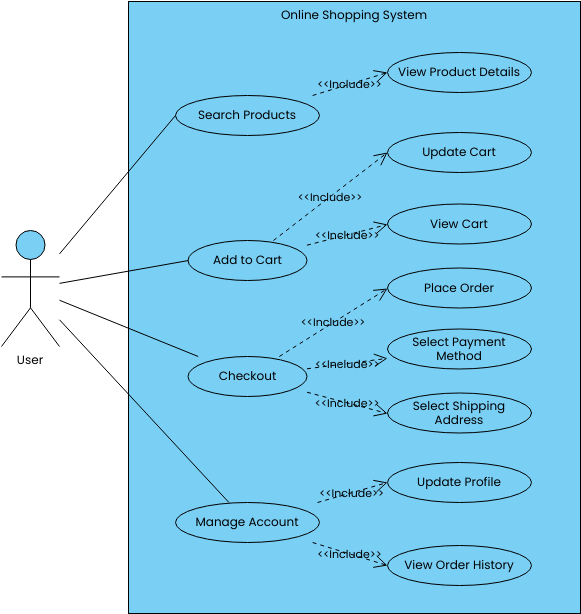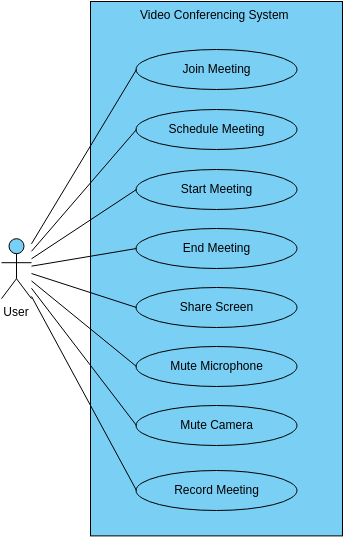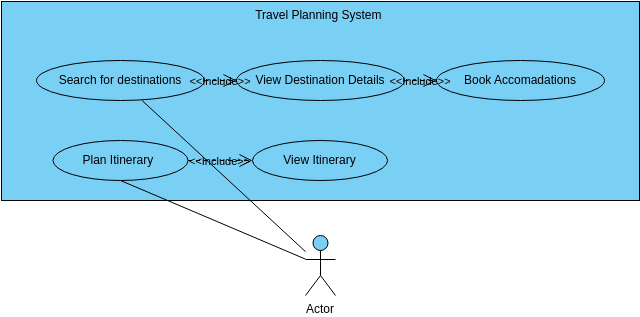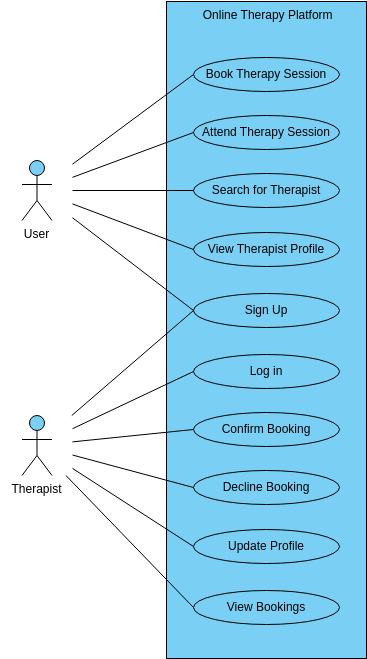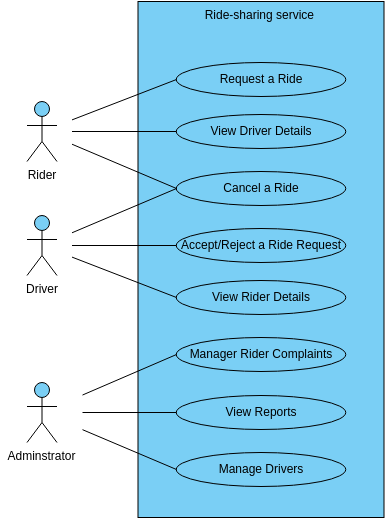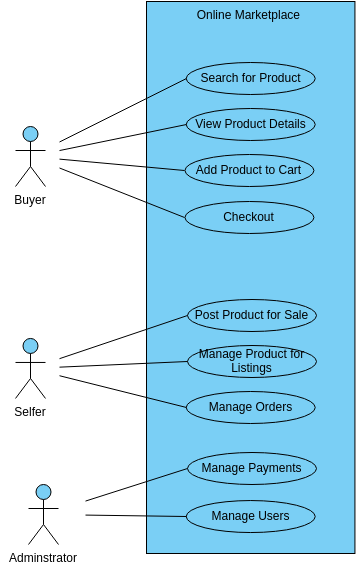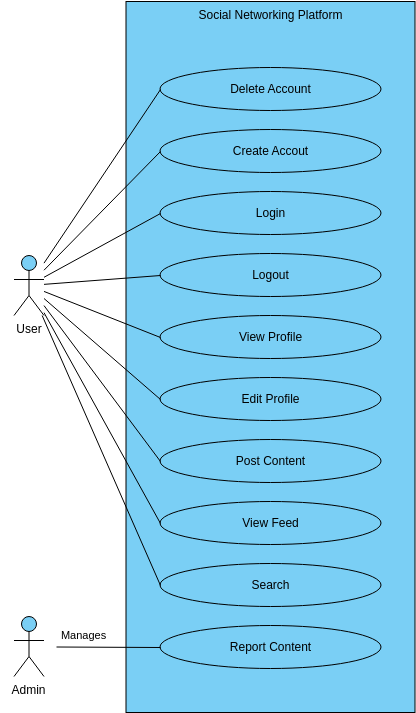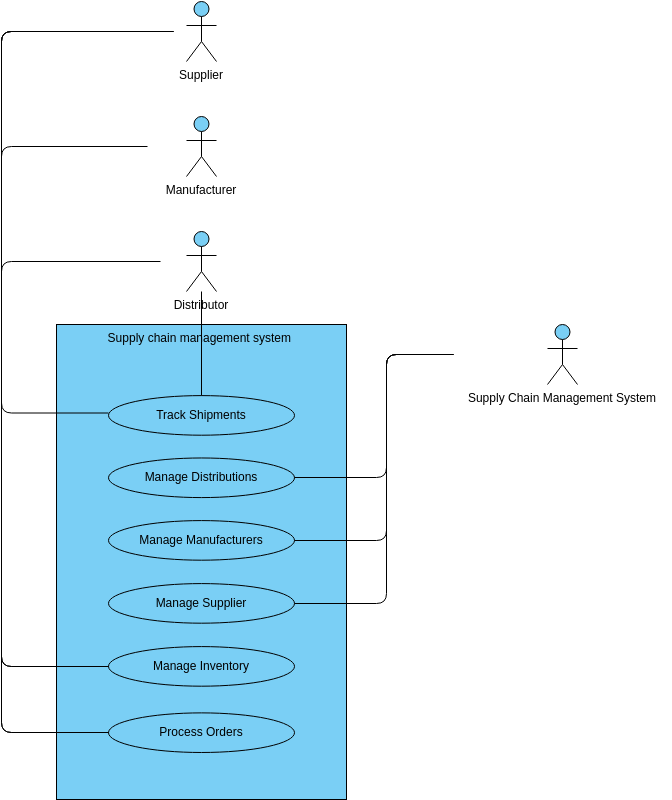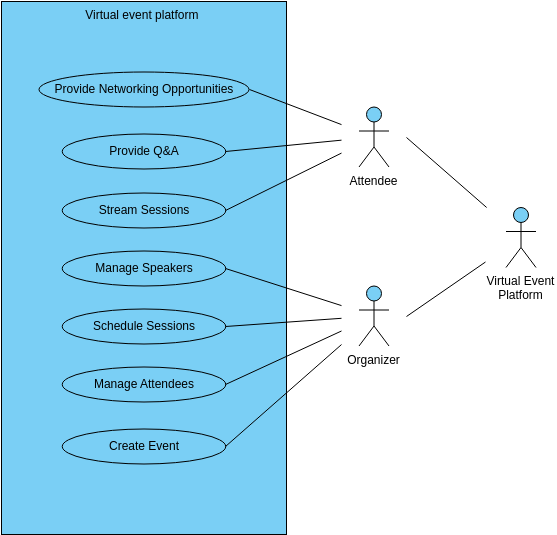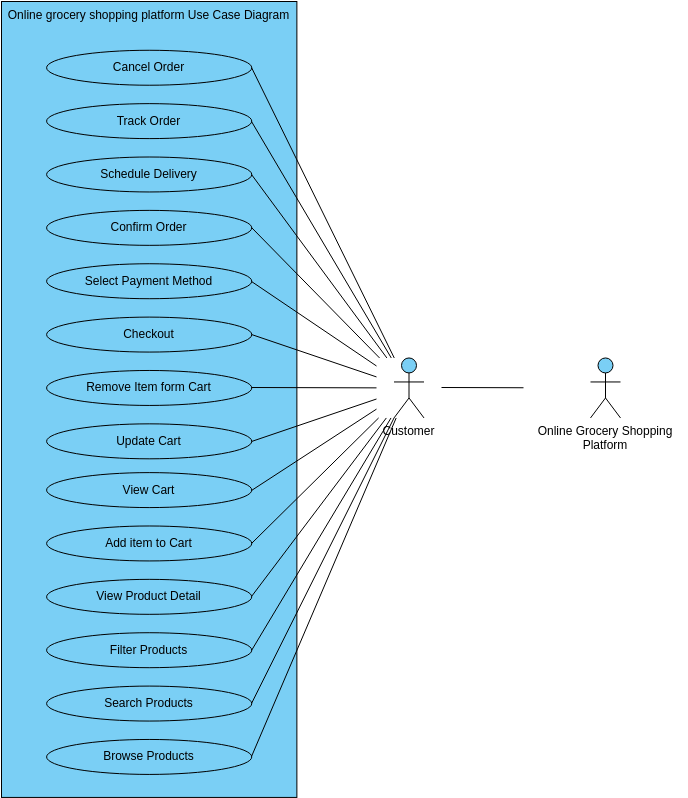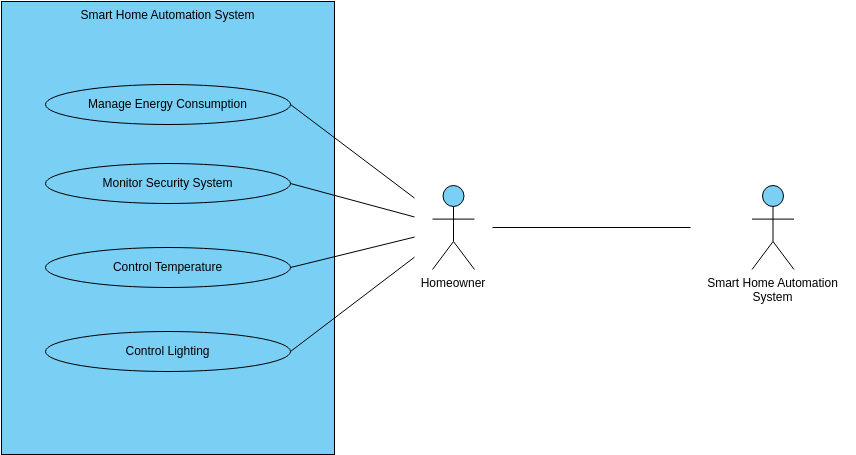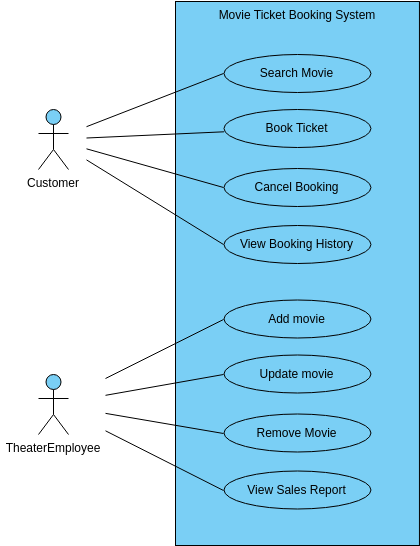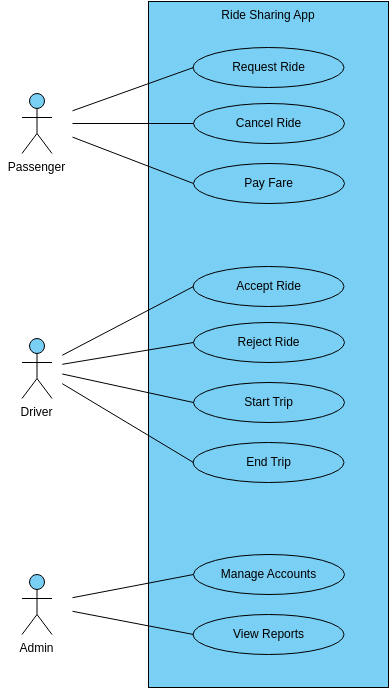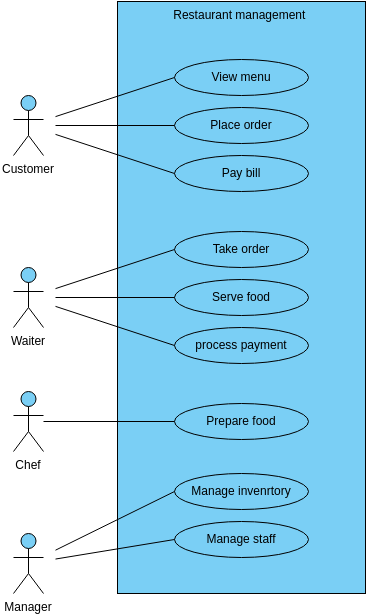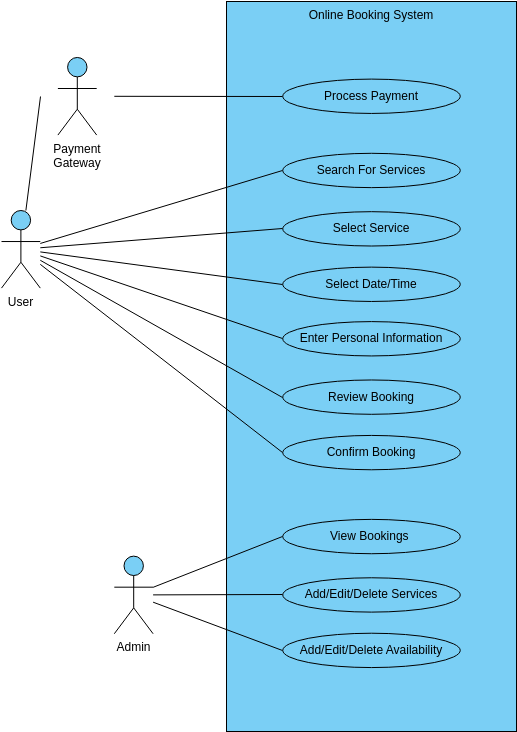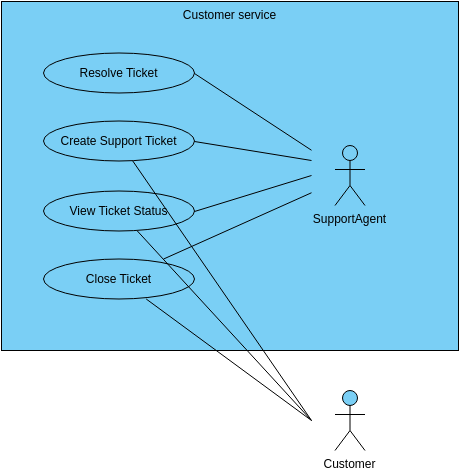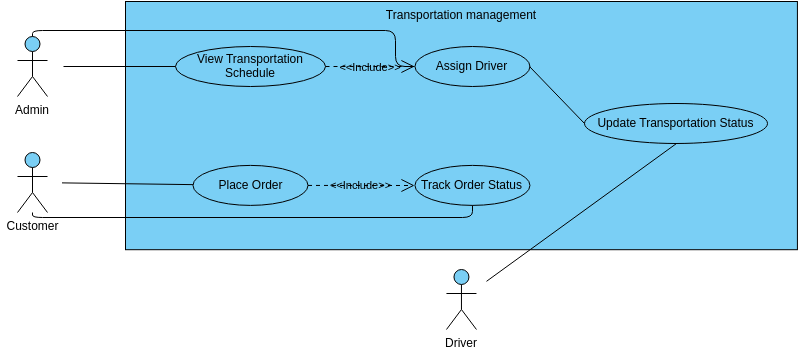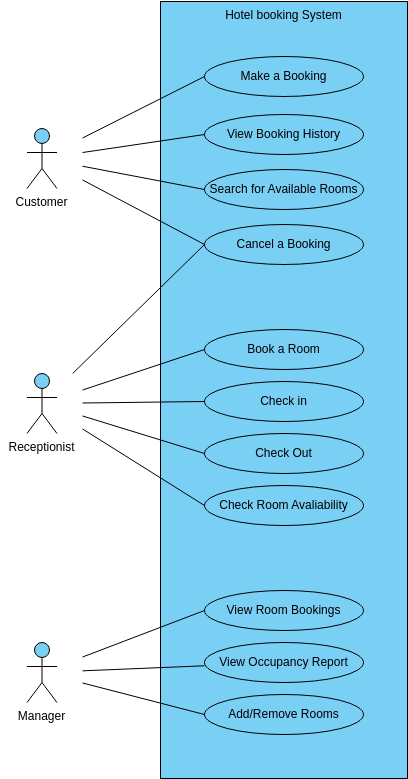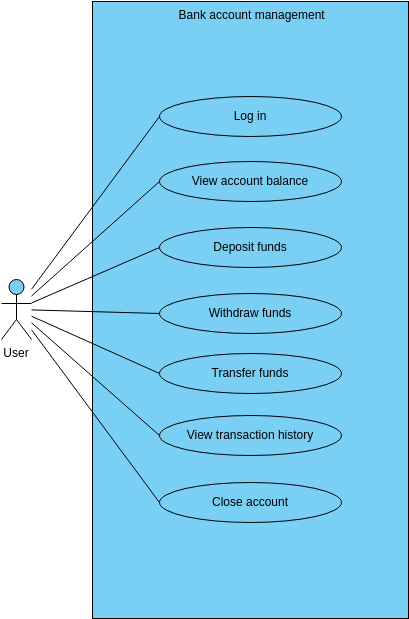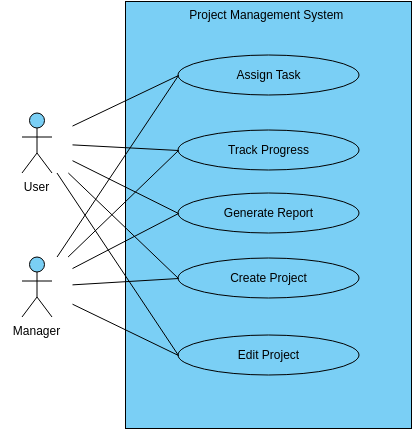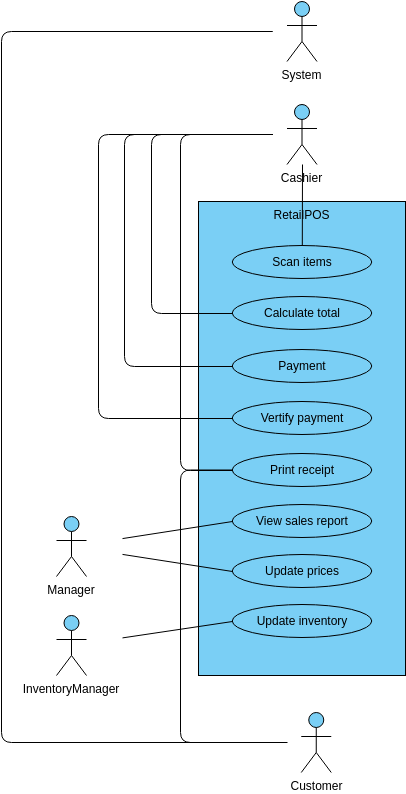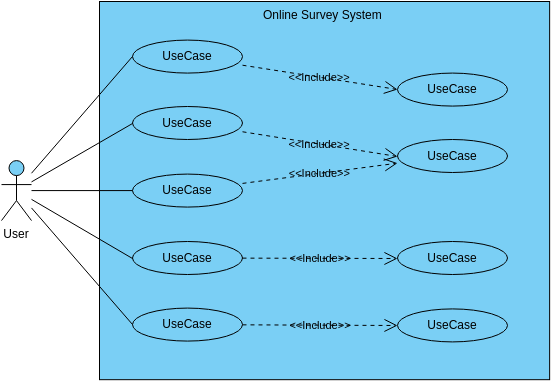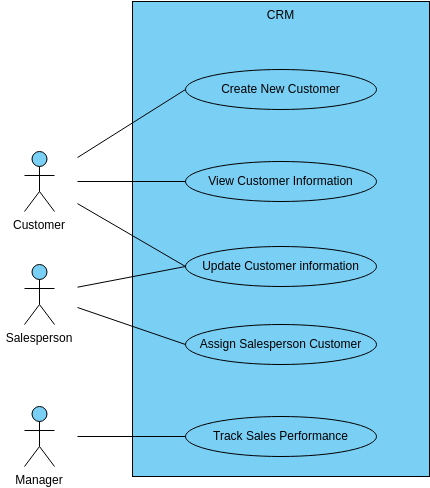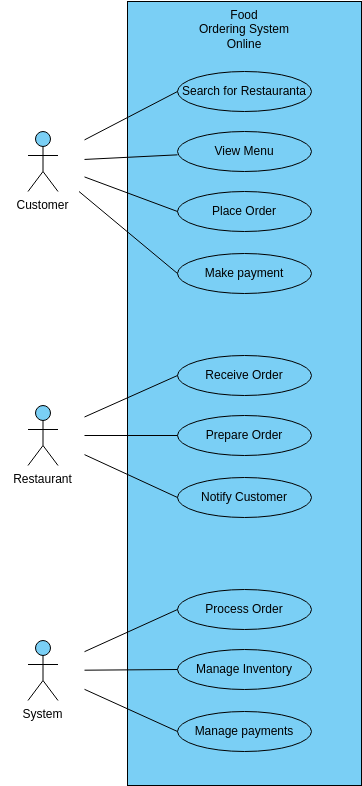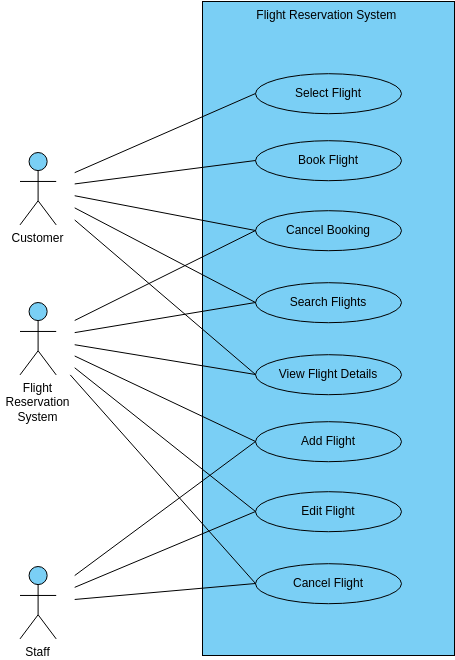Online fashion retailer
The use case diagram for an online fashion retailer outlines the different actions that can be taken by users of the retailer's website. It includes ten use cases, such as managing returns, orders, inventory, confirming orders, processing payments, checkout, and managing the customer's shopping experience. The use cases are essential for ensuring that the retailer's website is used effectively and efficiently, ultimately contributing to the success of the retailer.
Managing returns is important for ensuring customer satisfaction and managing the retailer's inventory. Managing orders is essential for ensuring that orders are fulfilled accurately and efficiently. Managing inventory involves tracking inventory levels, managing stock levels, and ensuring that inventory is available when needed. Confirming orders involves reviewing the order details and ensuring that the correct items and quantities are included. Processing payments entails processing payments securely and efficiently. Checkout is the final step in the purchasing process and is essential for ensuring that customers receive their products accurately and efficiently.
The remaining use cases involve managing the customer's shopping experience. Removing items from the cart, updating the cart, and adding items to the cart allow customers to manage the contents of their shopping cart. Filtering products and browsing products allow customers to search for and view the available products. These use cases are essential for providing customers with a smooth shopping experience and increasing sales.
Overall, the use case diagram for an online fashion retailer is an essential tool for managing the retailer's website effectively and efficiently. By providing a clear and concise representation of the different actions that can be taken by users, the diagram can help to ensure that the retailer's website is used effectively and efficiently, ultimately contributing to the success of the retailer. The use cases involve managing the customer's shopping experience, managing orders and inventory, and processing payments and returns. The diagram can help to improve the retailer's customer satisfaction, sales, and profitability.
Benefits of creating this flowchart
Creating a use case diagram for an online fashion retailer can provide several benefits for the retailer. The use case diagram outlines the different actions that can be taken by users of the retailer's website, ultimately contributing to the success of the retailer. One of the main benefits of creating a use case diagram is that it provides a standardized process for customers to follow, ensuring that they have a clear understanding of the different actions that can be taken. This can help to reduce the risk of errors or inefficiencies and improve communication among team members.
Another benefit of creating a use case diagram is that it can help to improve the retailer's customer satisfaction and sales. By providing a clear and concise representation of the different actions that can be taken by users, the diagram can ensure that the retailer's website is used effectively and efficiently. This can help to improve the customer's shopping experience, increasing the likelihood that they will return in the future and recommend the retailer to others. Ultimately, this can contribute to increased sales and profitability for the retailer.
